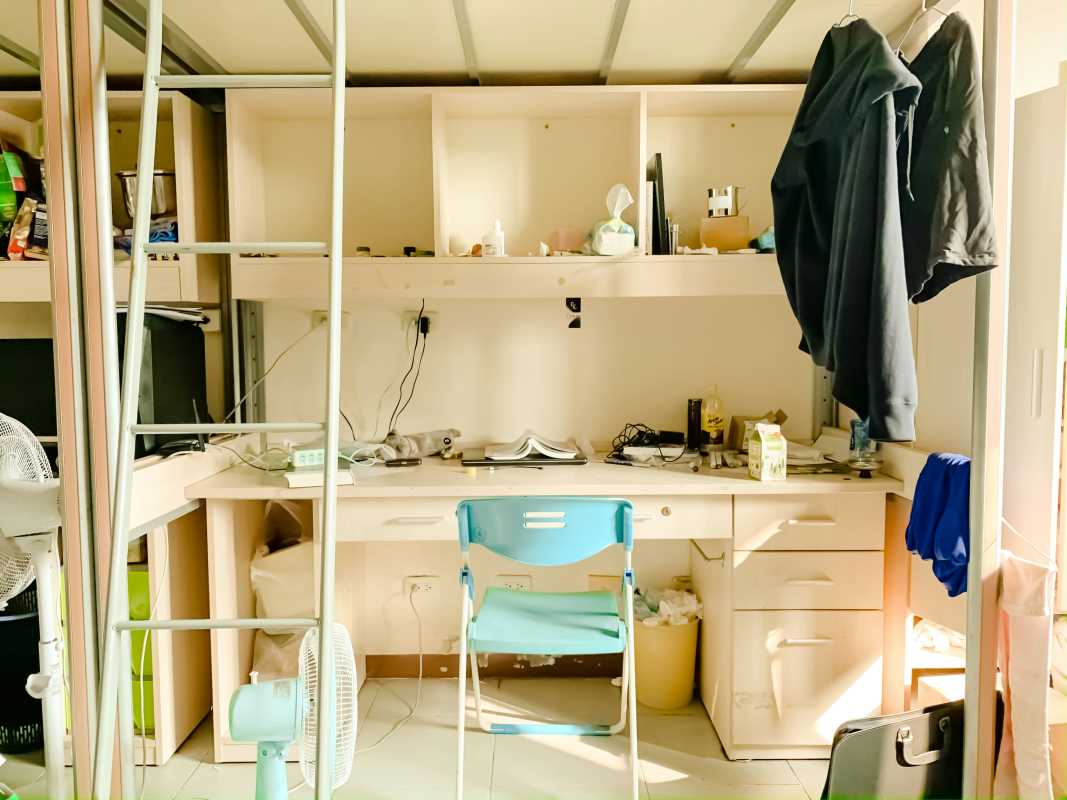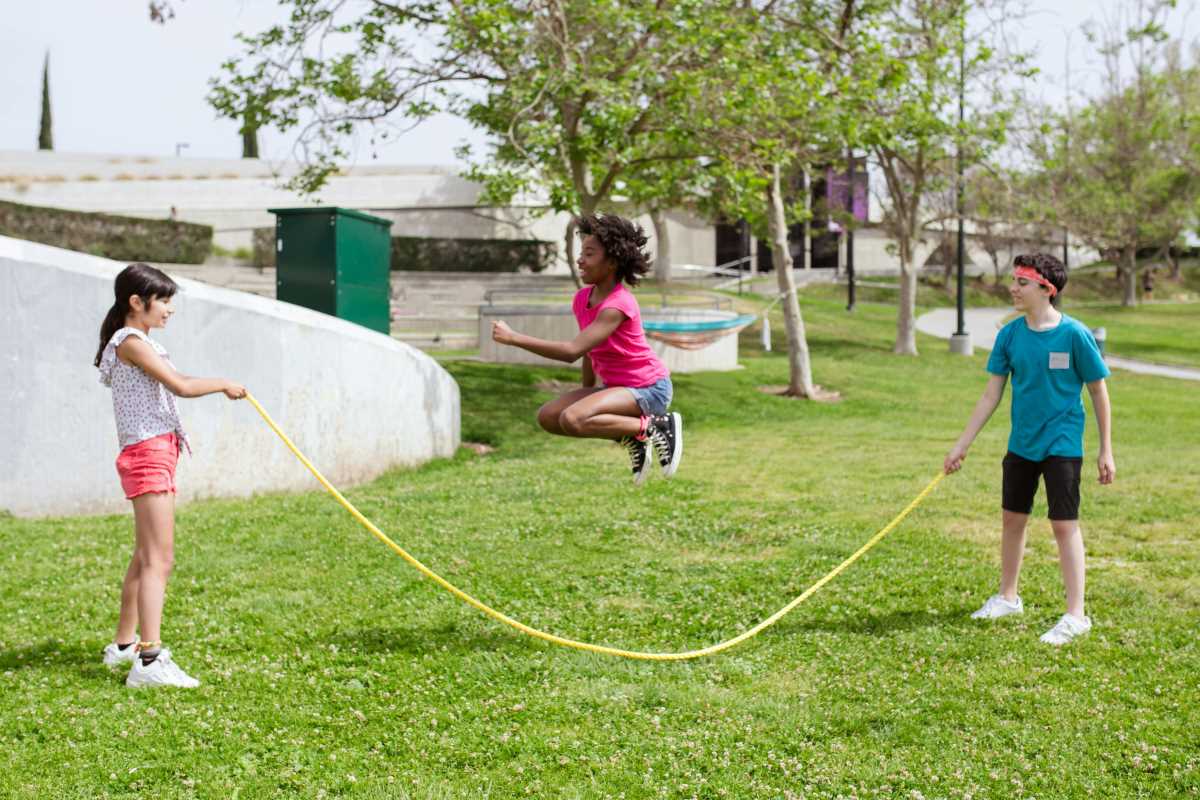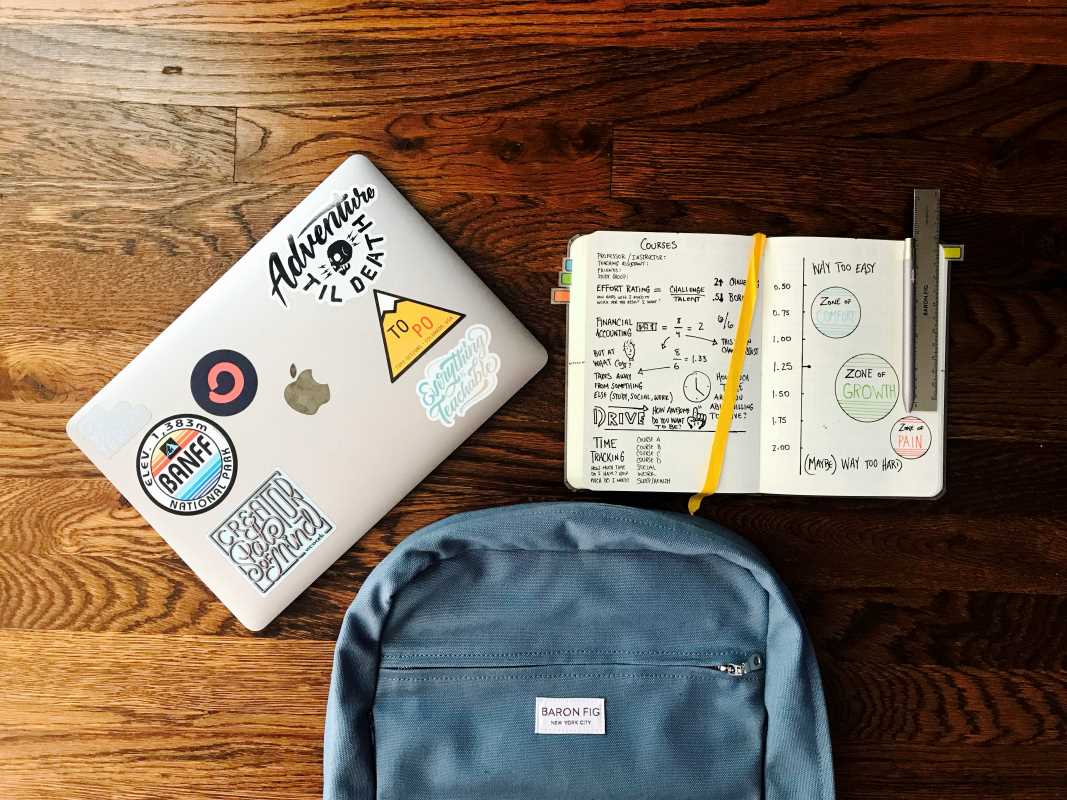A dedicated homework space can make a world of difference for a child’s focus, well-being, and academic confidence. The right environment not only encourages better study habits but also supports creativity and independence. Whether your child is mastering their ABCs, tackling middle school math, or preparing for college applications, the space they work in can significantly impact their success. Here’s how to carve out an ideal homework zone tailored to your child’s stage of learning, from kindergarten through high school.
Why a Homework Space Matters
A thoughtfully designed homework area:
- Reduces distractions while clearly defining work time versus playtime.
- Encourages routine, responsibility, and organization, leading to better time management.
- Fosters ownership over learning, giving kids a sense of pride in their space.
- Boosts focus and motivation by providing a designated area meant solely for tasks and projects.
By creating a homework space that suits your child’s age, personality, and needs, you’re setting them up for academic success and independence, while cultivating habits that can last a lifetime.
Making the Space Multi-Purpose for Families
Many families don’t have the luxury of a separate room exclusively for homework. Homework zones can double as shared workspaces, reading corners, or project areas. With multifunctional pieces like foldable desks, mobile caddies, or sturdy shelves that can transition between uses, family-friendly design doesn’t have to compromise on function or aesthetics. For instance, lightweight stackable chairs or collapsible tables can be used for a child’s study session and folded away when not needed. Multi-use doesn’t mean less effective; it just means being more creative with your setup.
Adapting for Kids with Special Needs
For children with special needs, it’s essential that their workspace is tuned to meet their unique requirements. Consider sensory-friendly materials for kids with sensory processing disorders, like noise-dampening panels, soft cushions, or weighted lap pads. Seating that provides stability can help children with ADHD or low core strength, while visual schedules and color-coded systems can support organization for children on the autism spectrum. The right tools can transform a workspace into an empowering environment that addresses individual challenges effectively.
Setting Up for Success by Age
Early Learners (Preschool to Grade 2)
Key Needs
- A cozy, inviting space that feels approachable for young learners.
- Room for hands-on activities like coloring, reading, and simple projects.
What Works Best
- Child-Sized Furniture: Select a small table and chairs suited to your child’s height. This allows them to sit comfortably while maintaining proper posture.
- Color and Fun: Use bright bins to store crayons, markers, and art supplies. Even a basic plastic caddy can become a treasure trove when stocked with vibrant options.
- Interactive Décor: Pinboards, chalkboards, or magnetic boards can display artwork and reminders. Velcro strips can hold frequently used materials, making access easier for little hands.
- Comfort Touches: Add bean bags, cushions, or a small reading nook. These soft areas give kids a break from sitting at a desk while still staying in their work zone.
Actionable Tips
- Stay Nearby: Young children often need more supervision, so place their workspace in a common area like the kitchen or living room where you can assist as needed.
- Minimize Tech: Keep the work zone screen-free to enhance focus, especially since early learners don’t often require devices for their tasks.
Real-Life Example
A preschooler’s “homework” space might include a tiny table covered in butcher paper for impromptu doodles, a bookshelf with their favorite stories, and a brightly colored pencil case they get to pack themselves. Small touches like a fun chair or alphabet poster can turn the area into their creative haven.
Elementary (Grades 3 to 5)
Key Needs
- A more structured environment for growing academic demands.
- Tools for organizing an increasing amount of books, papers, and supplies.
What Works Best
- Workhorse Desk: Opt for a sturdy desk with storage like drawers, bins, or shelves to keep school supplies organized.
- Height-Appropriate Seating: An adjustable chair ensures proper posture as kids grow.
- Lighting Essentials: A task lamp provides concentrated light for reading and writing.
- Visual Aids: Use a wall calendar, magnetic whiteboard, or corkboard for schedules and to-do lists.
Actionable Tips
- Personalization: Encourage your child to decorate their homework area with motivational quotes, family pictures, or their favorite colors.
- Daily Reset: Build a habit of tidying the space together each day. This keeps the area clutter-free and inviting.
Multifunctional Use
This same homework spot can double as a family crafting station when partnered with a pull-out cart loaded with art supplies. A cubby system can store everything from school assignments to board games, keeping the area flexible yet functional.
Middle School (Grades 6 to 8)
Key Needs
- A quiet workspace for handling complex assignments.
- Incorporating digital tools like laptops or tablets into the setup.
What Works Best
- Larger Desk Space: With more books and devices in play, your child will need room to spread out. Standing desks or L-shaped desks can work well for dual purposes.
- Digital Charging Stations: Provide easy access to charging ports for gadgets.
- Organized Systems: Pen holders, magnetic trays, and stackable bins reduce desk clutter.
- Listening Solutions: Consider adding noise-canceling headphones, especially in a busy household.
Actionable Tips
- Healthy Habits: Position the desk away from their bed to create a clear line between study and sleep.
- Frequent Breaks: Encourage small movement breaks every hour. A standing desk could also help make study time healthier.
Special Needs Considerations
If your child struggles with focus, incorporate time management tools like timers or apps. For sensory-sensitive kids, a stress ball or fidget may improve concentration.
High School (Teens)
Key Needs
- Adaptability for a wide range of study tasks, from preparing for exams to group projects.
- A private, independent setup to reflect their maturity.
What Works Best
- Full-Sized Desk and Chair: A larger desk is ideal for spreading out textbooks, projects, and devices. An ergonomic chair ensures comfort during long study hours.
- Enhanced Lighting: Install flexible task lighting while optimizing natural light.
- Organizational Tools: File cabinets for coursework, corkboards or whiteboards for planning, and desktop organizers for stationery.
- Dual-Functionality: A couch or reading chair can offer alternative study options, making study transitions smoother.
Actionable Tips
- Teen Input: Collaborate with your teen to design a setup that reflects their style, whether through desk accessories, color schemes, or tech preferences.
- Group Study Spaces: If possible, offer areas for collaborative projects, like a dining room table or a shared workstation.
For Families in Tight Spaces
Maximize vertical space using shelves or wall-mounted desks. A fold-out Murphy desk, for example, can convert any corner into a high schooler’s dream study zone.
Universal Homework Space Essentials
Some elements work well across all age groups:
- Supplies on Hand: Stock each workspace with age-appropriate materials like pencils, scissors, rulers, and calculators.
- Minimized Distractions: Avoid putting the desk near TV or high-traffic areas.
- Comfortable Furniture: Desks and chairs should be at a height that encourages good posture.
- Clear Boundaries: Create a predictable routine by clearly defining study time.
Adapting for Special Needs
For kids who struggle with attention, soundproof panels or a white noise machine can help create a soothing environment. Break spaces outfitted with sensory-friendly tools, like a rocking chair or soft lighting, allow them to reset before resuming work.
Sharing Tips for Families
If the workspace is shared, create clear zones using dividers, placemats, or color-coded bins for each child. A chalkboard wall can serve as a communal space for brainstorming while keeping personal zones intact.
With a little creativity, any home can offer an inspiring homework space that evolves as your child grows. A cozy corner with a bean bag may ignite a love for reading, while a tidy desk with just enough functionality may be the stepping stone to acing future physics exams.







